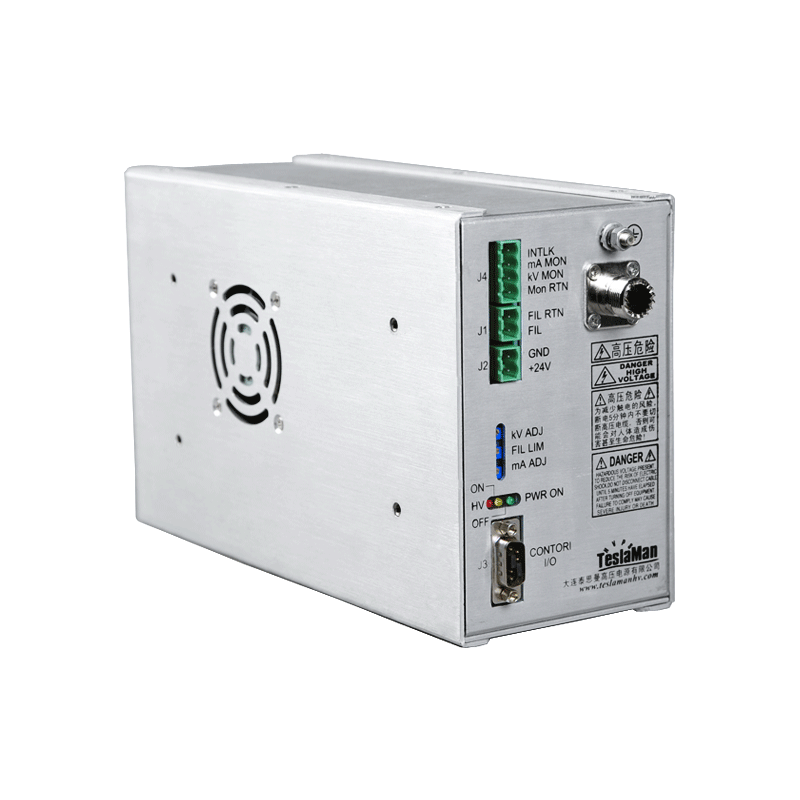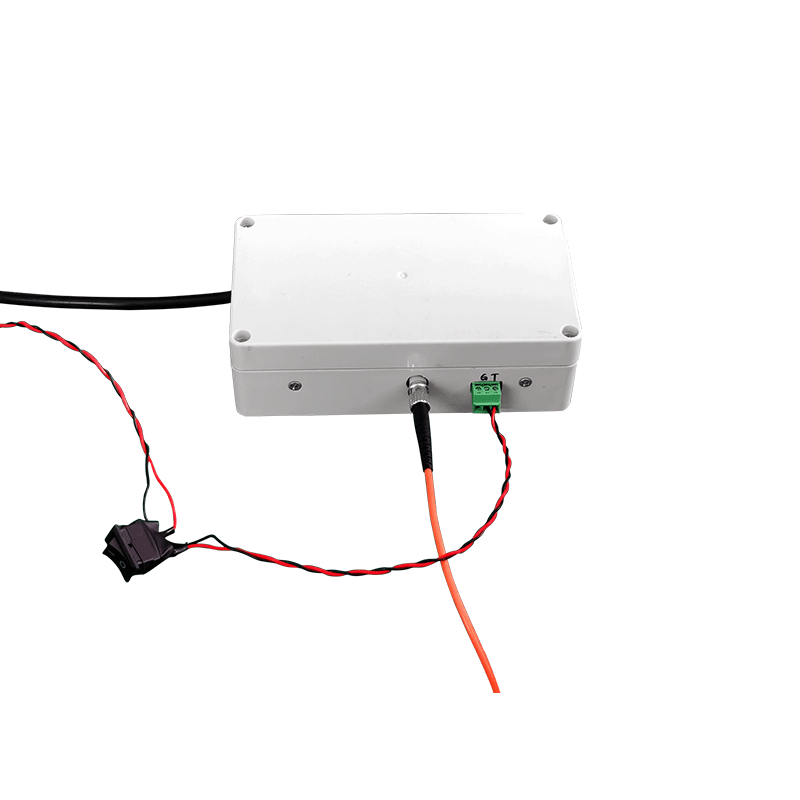Technical Analysis of High-Voltage Power Supply Application in Pipeline Testing
1. Introduction
In industries such as petroleum, natural gas, and chemical engineering, the safety of pipeline systems is directly related to the reliability of production operations. Pipeline testing, as a crucial step in ensuring pipeline quality, detects the pressure resistance, sealing performance, and other properties by injecting high-pressure media. As the core power supply component of pipeline testing equipment, the performance of high-voltage power supplies directly affects the accuracy of test results and the safety of the testing process. This article explores the application technologies and optimization solutions of high-voltage power supplies based on the actual needs of pipeline testing.
2. Special Requirements of Pipeline Testing for High-Voltage Power Supplies
During pipeline testing, high-voltage power supplies need to meet three core requirements. First, the output voltage should have a wide adjustable range, from several hundred volts to tens of kilovolts, to adapt to pipeline tests of different diameters, materials, and design pressures. Second, extremely high stability is required, with the output voltage fluctuation controlled within ±1% to avoid pipeline damage or misjudgment caused by sudden pressure changes. Third, the safety design must be comprehensive, equipped with overvoltage, overcurrent, and leakage protection functions, and meeting special environmental requirements such as explosion-proof and waterproof.
3. Application Technical Solutions for High-Voltage Power Supplies
(1) Optimized Topological Structure Design
To meet the demand for wide voltage output, a modular multi-level cascade topology is adopted. This structure achieves high-voltage output through the series connection of multiple low-voltage modules, and each module can be independently controlled, with a voltage regulation resolution of 0.1%. Combined with high-frequency soft-switching technology, switching losses are reduced by more than 50%, and electromagnetic interference is effectively suppressed, ensuring the purity of test signals.
(2) Intelligent Closed-Loop Control Strategy
An intelligent closed-loop control system based on fuzzy PID is constructed to monitor the internal pressure changes of pipelines in real-time. When the pressure approaches the set threshold, the system automatically adjusts the power supply output, controlling the pressure rise rate within ±0.5MPa/min. Combined with an adaptive filtering algorithm, environmental noise interference can be eliminated, ensuring that the pressure data acquisition accuracy reaches ±0.1%FS and improving the reliability of test results.
(3) Multiple Safety Protection Systems
In terms of safety design, overvoltage, overcurrent, and leakage protection circuits are integrated. When the output voltage exceeds 110% of the set value, the circuit is quickly cut off with a response time of less than 10ms. Isolation transformers and optocouplers are used to achieve electrical isolation, preventing leakage risks. For explosive and flammable environments, the power supply casing adopts an explosion-proof design, with a protection level reaching Ex d IIC T6, ensuring the safety of the testing process.
4. Application Cases and Effect Verification
In a natural gas long-distance pipeline testing project, the optimized high-voltage power supply system successfully completed the pressure test of a pipeline with a diameter of 1200mm and a design pressure of 10MPa. During the test, the voltage fluctuation was controlled within ±0.8%, and the pressure rise rate was stable. Three minor leakage points were detected, increasing the efficiency by 40% compared with traditional testing equipment. In addition, in the corrosive environment testing of a chemical park, the explosion-proof and waterproof design enabled the power supply to operate stably for more than 2000 hours without any safety failures.
5. Conclusion
The application of high-voltage power supplies in pipeline testing needs to be closely integrated with industry requirements. Through optimized topological structure, upgraded intelligent control, and enhanced safety protection, the goals of high-precision, high-reliability, and high-safety testing can be achieved. With the development of industrial intelligence, high-voltage power supplies will further integrate Internet of Things technology in the future, enabling remote monitoring and fault early warning, providing more intelligent and efficient technical support for pipeline testing.




















